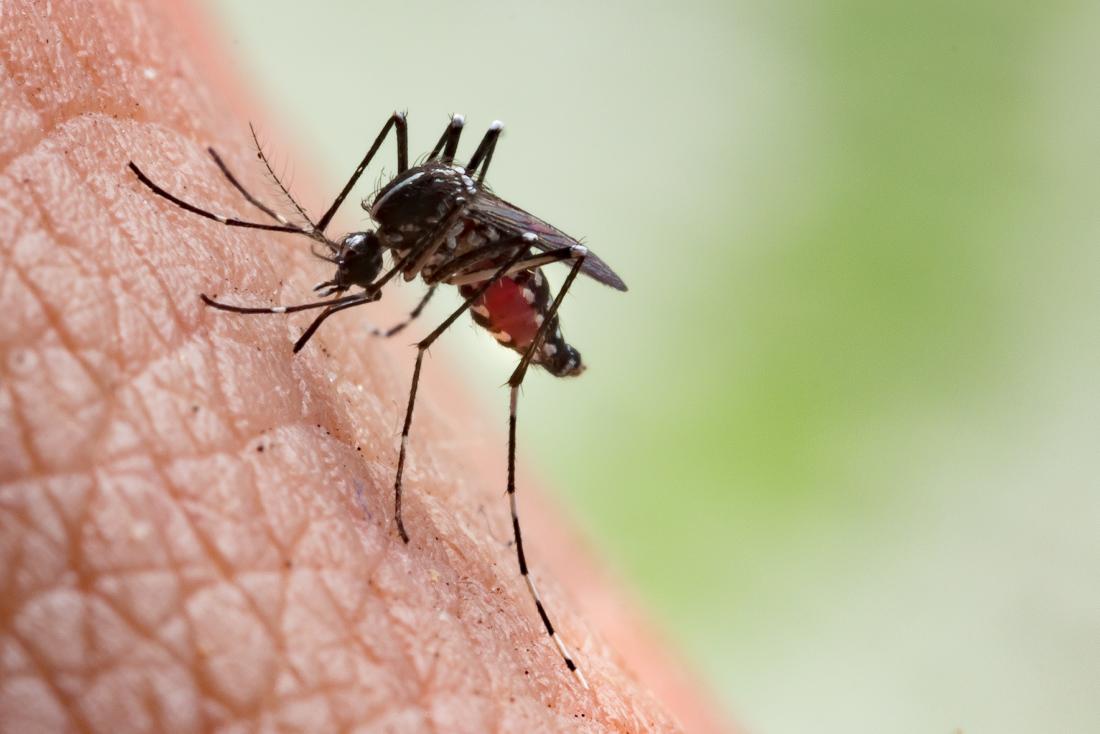Japanese Maple
The Japanese Maple, best known for its spectacular dark red and purple color, can grow up to 30 feet tall. The tree’s foliage puts on a spectacular show, especially in the fall months.
Green Mountain Boxwood
The Boxwood is another plant that stands up to the test of the elements. The plant performs well in both sunlight and partial shade, will survive in a drought, and is deer resistant. The Green Mountain Boxwood is wonderful for an accent plant to your garden.
Call Before Digging
Because of the depth required to plant trees, it is important to check your property for any existing utility pipes or lines. Striking utility lines can knock out service to entire areas, make you liable for huge service fees, and may even cause significant bodily injury. Before starting any project make sure to call 811 to have your utility lines marked for free. Avoid planting your tree in any area near utility lines.
Protect Your Tree
Once your tree is planted, it is extremely important that you protect it. When mowing, be sure to steer clear from the tree. It may be beneficial to construct a buffer area to make it easier to avoid. In addition, you may want to purchase a plastic tube wrap to protect the tree’s stem.
If you would like us to assist you with planting or selecting your tree, give us a call today at (585) 381-9000.











